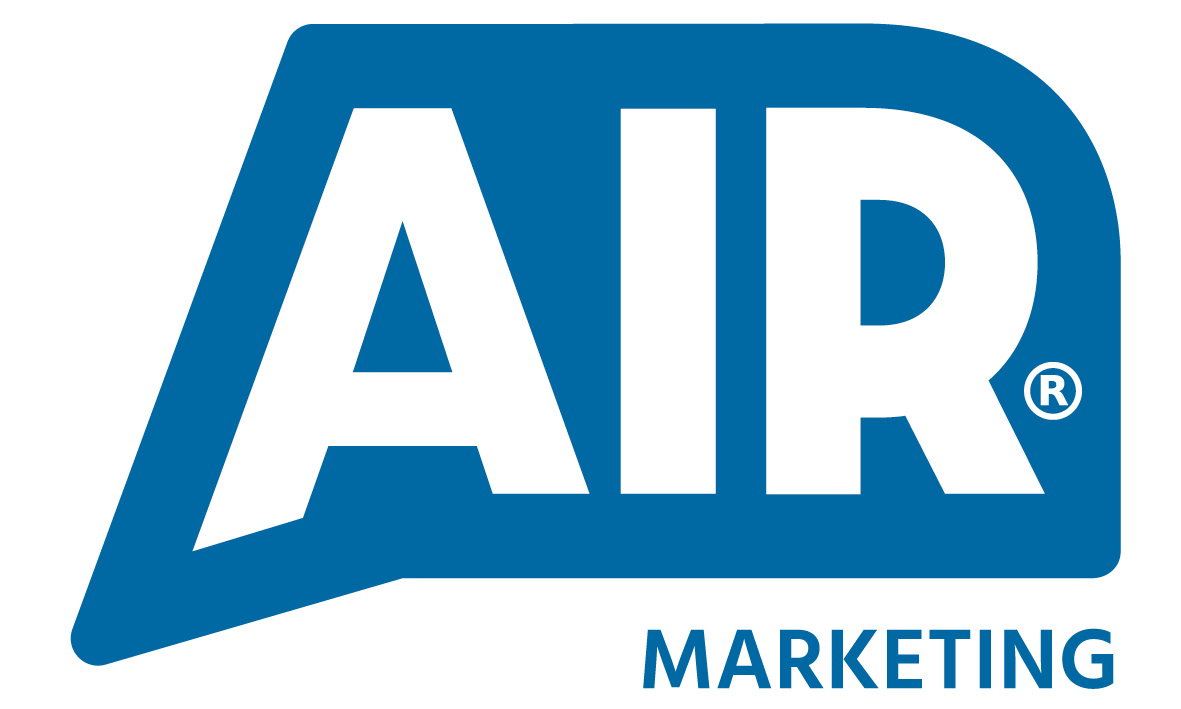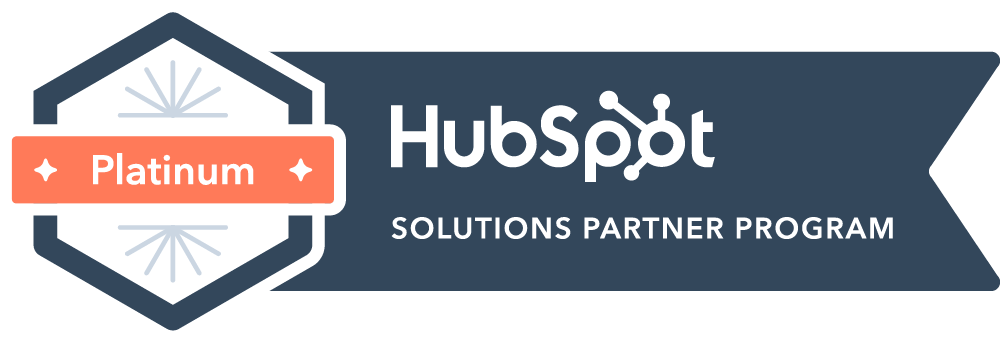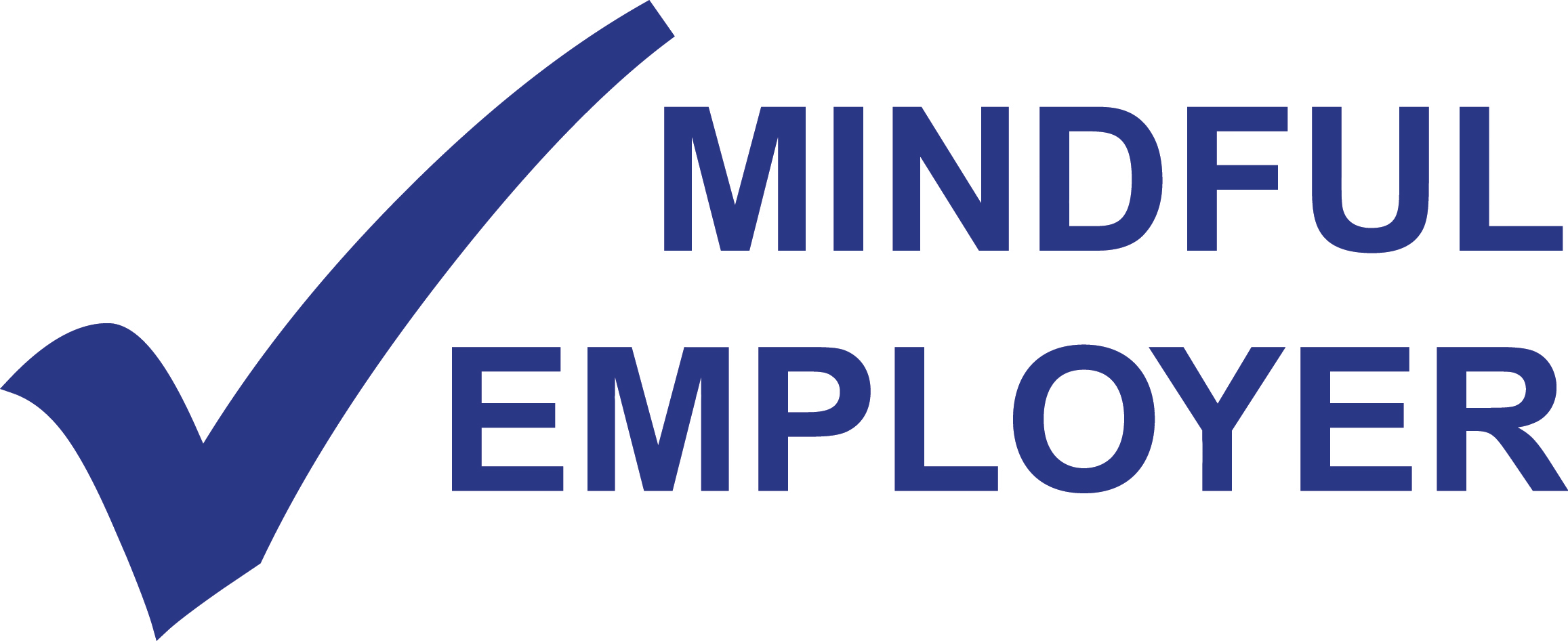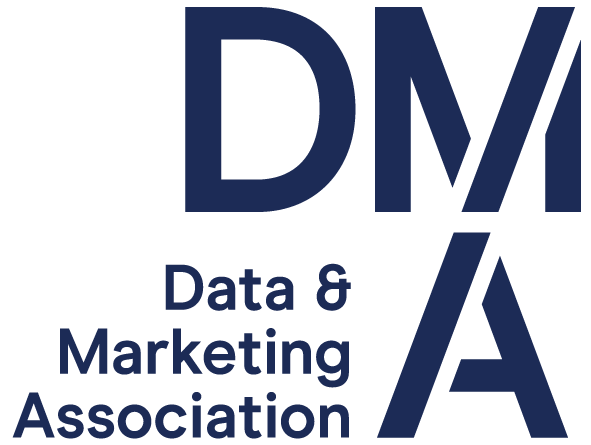Even the most experienced sales professional might struggle to pin down a comprehensive definition for each discipline and others might not differentiate at all; so it’s not hard to understand where the confusion arises.
The sales and marketing landscapes have vastly changed in the past decade. Digital marketing, content marketing and sales enablement specialisms have emerged alongside the advent of marketing automation and analytics tools. As a result, businesses are closer to their customer data than ever before, meaning campaigns can be focused and personal, and sales and marketing professionals can become laser-focused on their target market. You might ask what does this have to do with telemarketing, telesales and inside sales? The answer, absolutely everything. 75% of companies say closing more deals is their top sales priority, yet 40% of salespeople say getting a response from prospects is getting harder (source: Hubspot). It’s these solutions that help bring businesses closer to the decision maker, generating meaningful leads and supporting your overarching sales goals and objectives. Here’s how.
Telemarketing – a vital part of your outbound strategy
There’s a huge difference between a telemarketer reading a tired, poorly thought out script in an uninspiring environment and outsourcing the job to a professional and dynamic agency who can demonstrate genuine return on investment through happy clients. Highly trained telemarketers are skilled sales professionals, adept at staying on brand and message whilst nurturing a conversation. They are focused on building rapport with your desired targets and delivering detailed reporting that helps you inform and shape your future campaigns. The best agencies offer you full transparency, connecting you to the team making the calls, live reporting and a dedicated campaign manager. They will provide you with a true extension of your in-house team.
Telesales – professionalism and scalability
Telesales is a slightly different focus. Homing in on the sale of a specific product or service, it’s ideal for businesses that might need to scale up their sales resource around a product launch or campaign. Done well, this approach is far cry from the high volume, light touch methods some might associate with telesales; it can help you increase conversion rates and boost your brand in the markets you need to be known. These skilled telesales professionals can build valuable customer relationships without the hard sell.
Inside sales – turning interested prospects into active clients
Inside sales teams target prospects and customers through email, phone conversations or online through LinkedIn, business groups and forums. These professionals are not only skilled in the art of identifying opportunities for upsell and nurturing conversations through a sales pipeline but a valuable support to traditional ‘outside sales’ identifying key opportunities beyond the scope of their role. Converting a sales lead into a valued customer can be challenging to say the least, this is where inside sales comes into its own, taking greater ownership for nurturing this valuable conversion process.
We understand the reasons driving the decision to outsource are often complex. You might want to save time, protect your internal resource, or bring in the expertise you need, when you need it. Whether you have a project in mind or if you’d like to explore how our services could support your business and sales objectives, we’d welcome the opportunity to take this forward and show you how we’ve helped businesses from all sectors achieve success. Get in touch today or call us on 0345 241 3038. Or hear more from our existing customers here.






